Editor’s Staff
Airbrush Postcards
New Years Day, Valentine’s Day, Washington’s Birthday, St. Patrick’s Day, Easter, Passover, Mother’s Day, Memorial Day, Father’s Day, the 4th of July, Labor Day, Yom Kippur, Halloween, Thanksgiving, Hanukkah, Christmas. Even hunting season. Did I miss one? There are airbrushed postcards for every holiday.

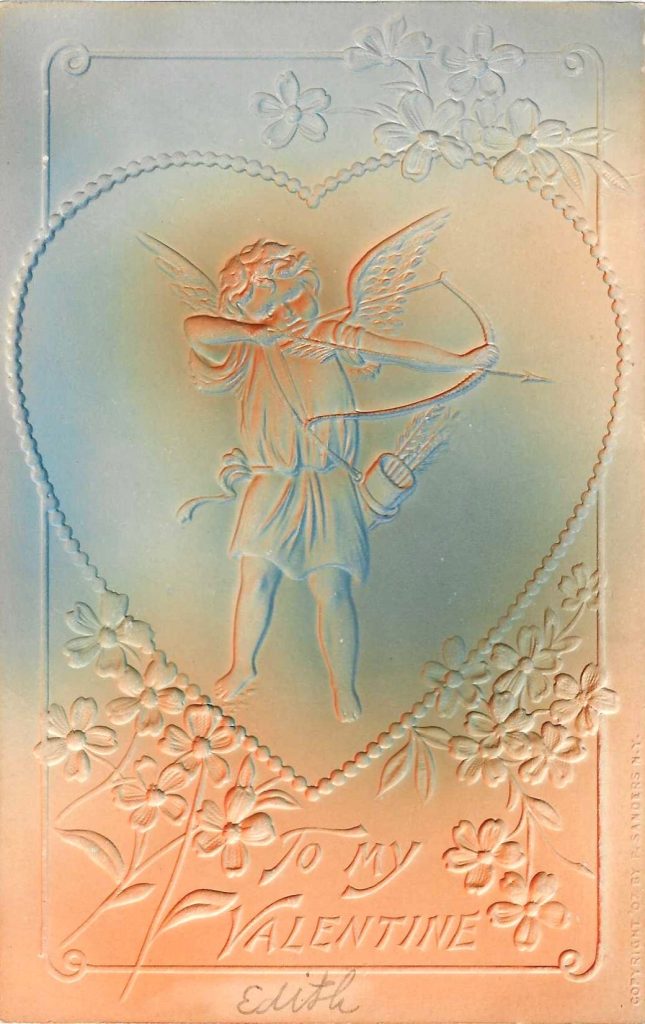

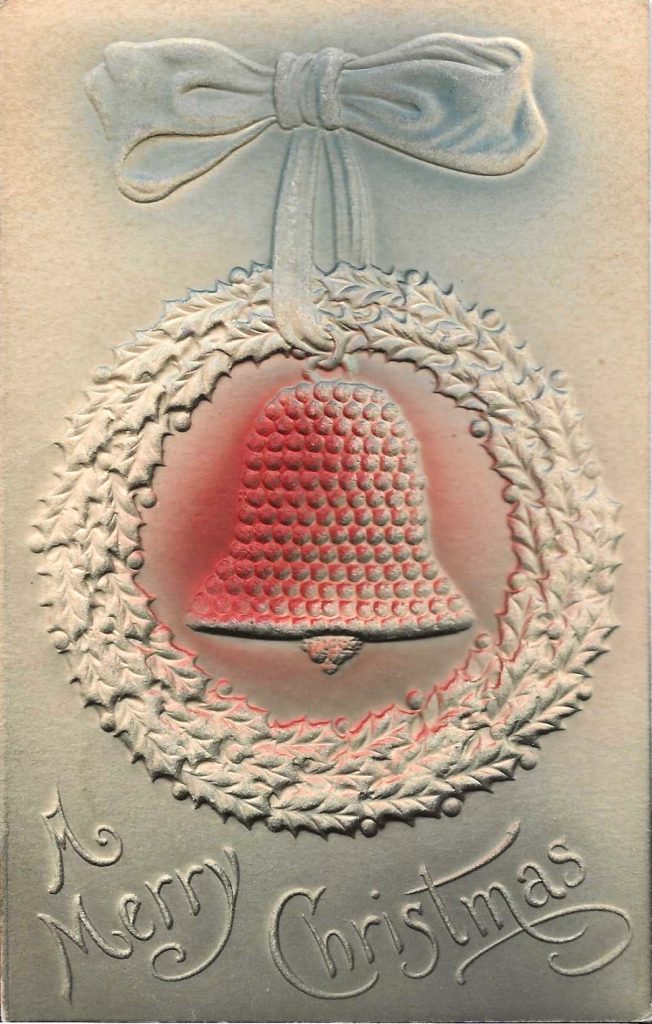
There are airbrushed greetings showing ships, buildings, and people.
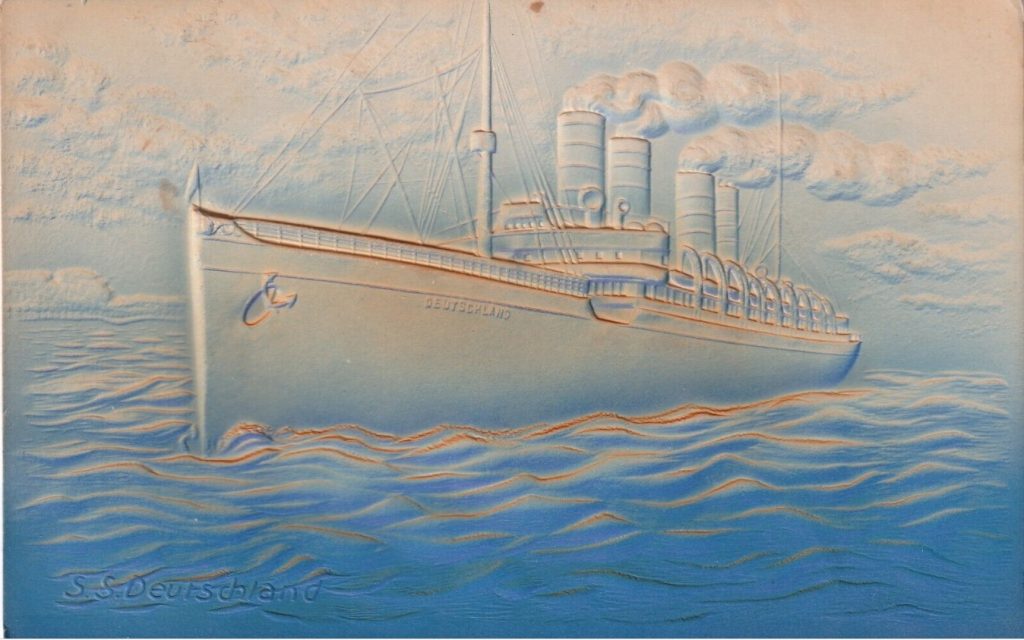
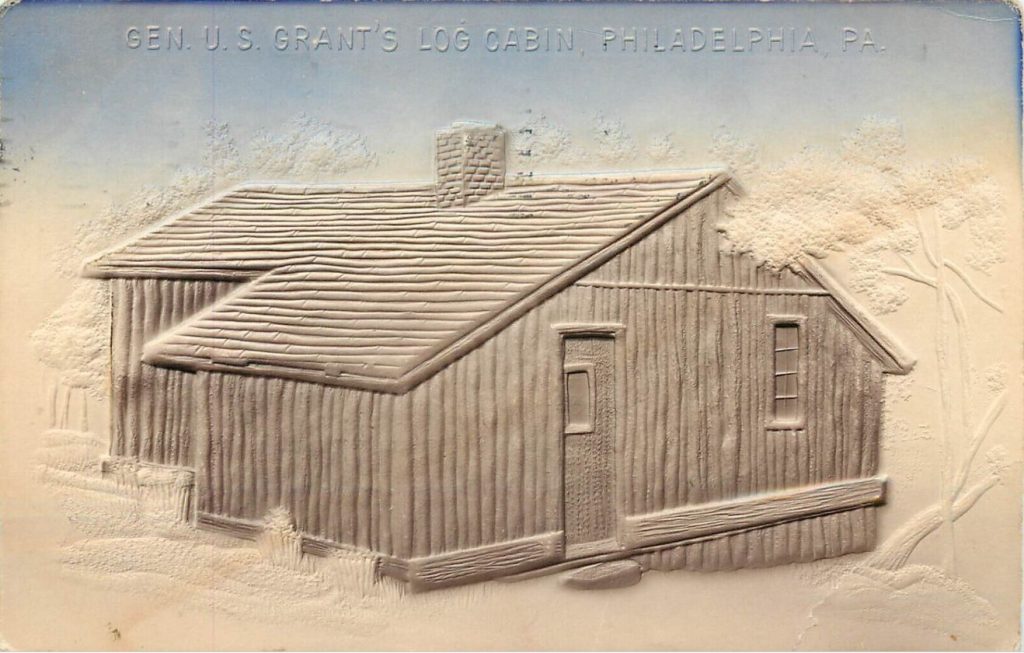
Are they just a fantasy, a serious part of postcard collecting, or not? Collectors of greeting postcards seem to love them, but do dealers have significant inventories? The answer is: for sure! But sadly, most airbrushed postcards are found in dime-, quarter-, or dollar-boxes.
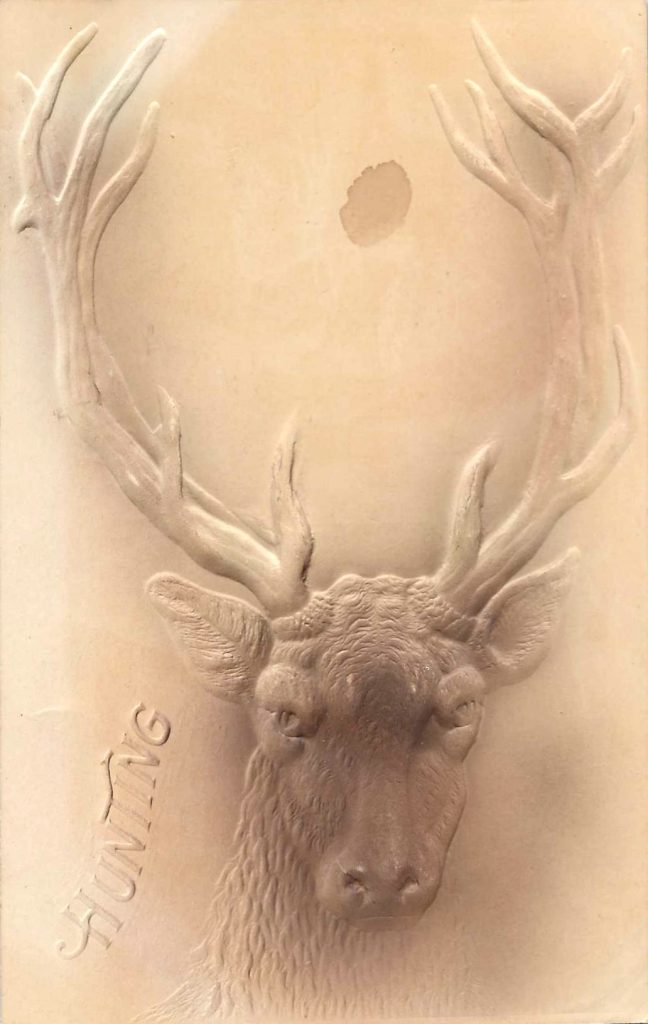
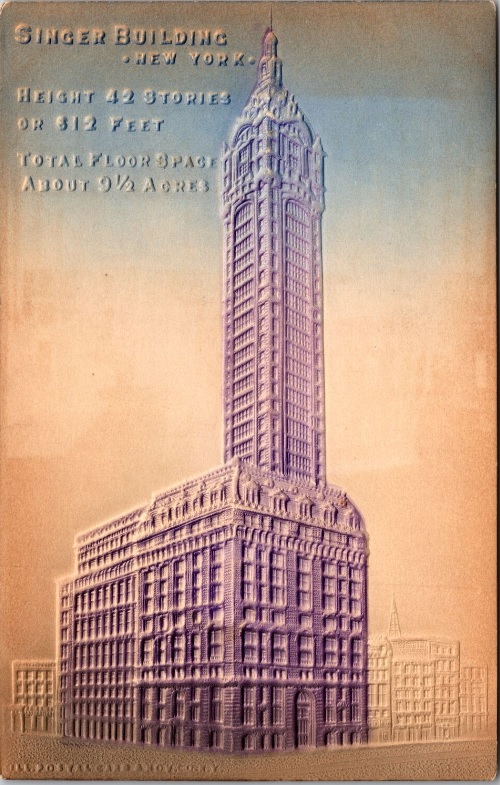

In preparation for this article, most of the standard postcard reference books have been searched for historic facts, but there is precious little written about airbrush postcards. Dozens of magazines have been searched and the same is true on that front.
It is not safe to assume that airbrush postcards are solely American, for some have been found with “Printed in Germany” on the address side. Along the same line, very few of the cards accumulated and examined have any publisher citation or logo. The few exceptions are United Postcard Company, the Rose Company, and Hubbard Company of Connecticut.
In terms of modern artistic methods, an airbrush is a small tool at atomizes and sprays different media – inks, dyes, or paints – onto an artistic surface such as metal, wood, canvas, or paper.
The most commonly recognized history of airbrushing as an artform began in 1876 when Francis E. Stanley and his twin brother, Freelan Oscar Stanley, of Newton, Massachusetts, patented a device to atomize then diffuse liquids using a continuous supply of air.
[In the years that followed, the twins also invented a process for coating photographic plates that came to be known as the Stanley Dry Plate, and in 1902 they established the Stanley Motor Carriage Company the manufacturer (until 1924) of the Stanley Steamer.]
The Stanley device was refined in the years to follow by Liberty Walkup of Illinois. When it reached Walkup’s high standards, he re-patented the device under the name “air-brush.” After receipt of the new patent a new Air Brush Manufacturing Company was formed, and the first meeting was held on October 6, 1883. The date is still celebrated (by very few) as the “birth” date of the nationally popular airbrush.
There is a rather detailed history of what became of the Walkup Air Brush, but the first such device created for “artistic use” came in 1893 when an art supply company displayed their inventory at the World Columbian Exposition in Chicago.
Airbrush postcards have another characteristic that should be mentioned in the spirit of full disclosure – 99% of all airbrushed postcards are also embossed.
And a final (literally) few words about Francis Edgar Stanley. Please forgive the ghoulish tone of this postscript but the inventor of the airbrush (and the Stanley Steamer) died in 1918 in a single vehicle car crash. He drove his car into a woodpile while attempting to avoid a collision with a farm wagon.
These articles are so enjoyable. Thanks
I admire the technical expertise that created these cards, but actually find them kind of dull.
have a bunch – we love the look and texture – thanks for the post –
I just started collecting these and I’m going to Allentown this weekend. Hoping they are still in the 10 cent box.
I wondered why Grant had use for a Philadelphia cabin, but a few minutes of research revealed that the building had been used by the Civil War general during the siege of Richmond and presented to the citizens of Philadelphia in 1870. It was returned to Virginia in 1983.
The airbrushed postcards article was very informative. I had no idea how the cards were made. Thank you so much.